19 Effective Composting Ideas for Healthier Gardens and Less Waste

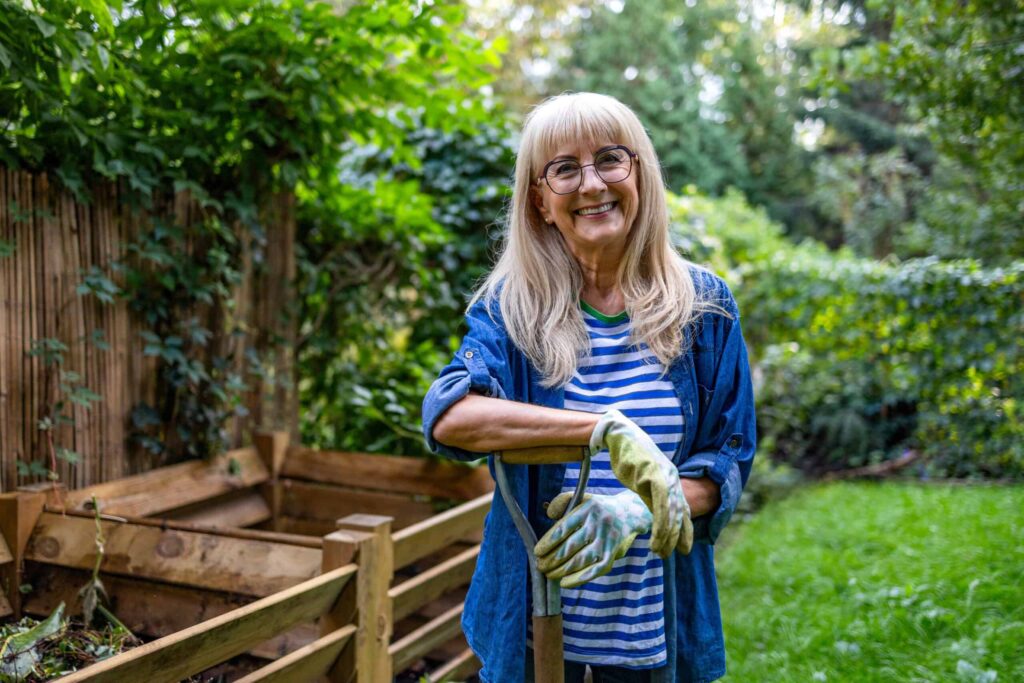
Composting is a great way to change kitchen scraps and yard waste into healthy soil for your garden. This natural method helps your plants grow and is also very good for the environment.
If you’re thinking about starting a compost pile or want to make your current compost better, this guide is for you. It will show you 19 easy tips to help you become good at composting quickly.
The effect of composting is much bigger than just your yard. In the United States alone, people throw away about 152 billion kilograms of food waste every year.
A study from the National Center for Biotechnology Information shows that composting this huge amount of food waste could cut carbon emissions by about 128.7 million tons of CO2-equivalent.
To help you understand, this is like taking millions of cars off the road. The study also says that if composting grows a little, from 10% to 18%, it could save around 16 billion dollars in waste costs by 2030.
So, why should you start composting? First, it cuts down the trash that goes to landfills. Less landfill waste means fewer greenhouse gases.
Second, composting makes very rich soil that helps your plants grow strong and healthy. Last, it is a simple way for people to help fight climate change right from their own homes.
Now, let’s get ready to learn how to turn waste into a garden gift!
Balance “Greens” and “Browns”
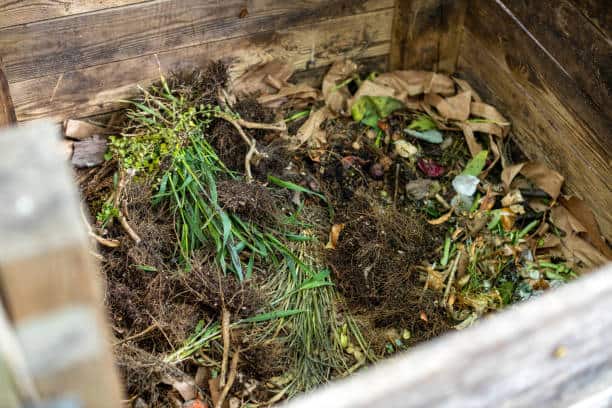
Creating the perfect compost is all about balance, just like a good recipe. In the composting world, we talk about “greens” and “browns.” Greens are your nitrogen-rich materials, think fresh grass clippings, fruit and vegetable scraps, or coffee grounds.
Browns, on the other hand, are carbon-rich items like dry leaves, straw, or even shredded newspaper. The magic happens when you mix these in the right proportions. Aim for about 2-3 parts browns for every 1 part greens.
This balance keeps your compost pile happy, healthy, and working efficiently. Too many greens can make your pile slimy and smelly, while too many browns slow down the composting process.
Chop and Shred Large Materials
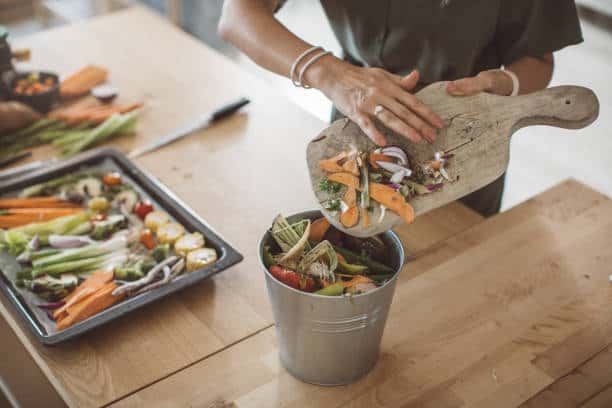
Size matters when it comes to composting. The smaller your compost ingredients, the faster they’ll break down. So, before you toss those big branches or thick vegetable stems into your bin, take a moment to chop them up.
You don’t need to pulverize everything into dust, but smaller pieces definitely help. Grab your pruning shears or a sharp spade and cut larger items into chunks about the size of your thumb.
This extra step might seem like a hassle, but it really speeds up the composting process. Plus, smaller pieces mix more easily with the rest of your compost, creating a more uniform pile.
Avoid Composting Certain Items
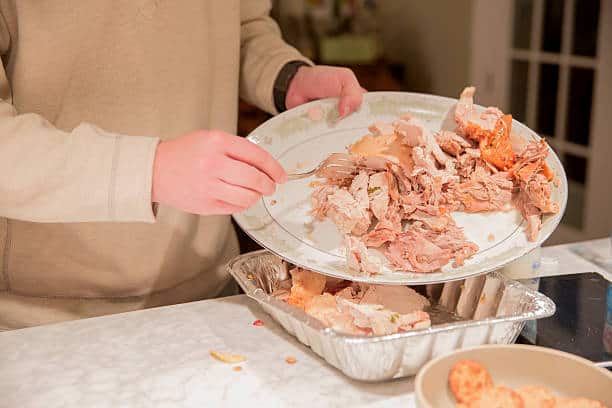
While most organic materials are fair game for your compost bin, some things are better left out. Meat, dairy products, and oils are big no-nos in the composting world. These items can attract unwanted pests to your pile and create unpleasant odors.
They also break down differently than plant-based materials, potentially causing issues in your compost. Stick to fruit and vegetable scraps, coffee grounds, tea bags, egg shells, and yard waste.
Also, avoid adding diseased plants or weeds that have gone to seed, you don’t want to spread problems to your garden when you use the compost. Keep these guidelines in mind, and you’ll create safe, high-quality compost that your plants will love.
Turn Your Compost Regularly
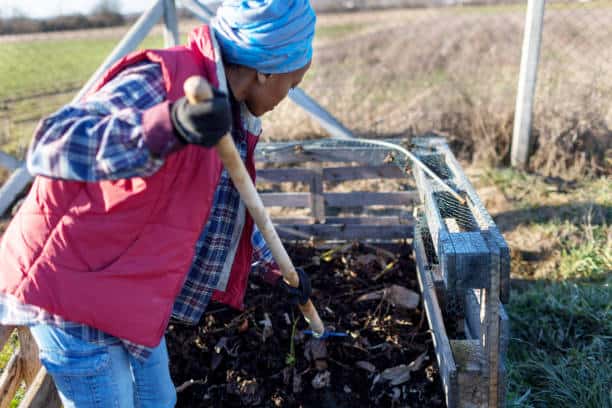
Your compost pile needs exercise too! Regular turning is like a workout for your compost, keeping it healthy and active. Grab a pitchfork or compost turner and give your pile a good mix every few weeks.
This process introduces oxygen throughout the pile, which is essential for the microbes that break down your organic matter. Without enough oxygen, your pile can become compacted and start to smell bad.
Turning also helps distribute moisture and heat evenly throughout the pile. You’ll know you’re doing it right when your compost starts to heat up, that’s a sign of all those hard working microbes in action.
 If you like what you are reading, then click like and subscribe to my newsletter. We share tips to waste less time and money.
If you like what you are reading, then click like and subscribe to my newsletter. We share tips to waste less time and money.
Monitor Moisture Levels
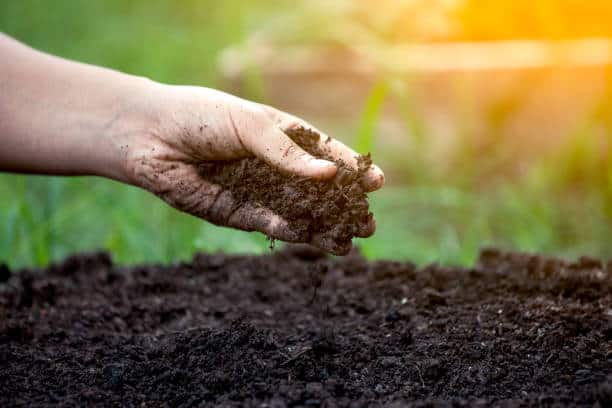
Keeping your compost at the right moisture level is crucial for successful decomposition. Think of your compost like a wrung-out sponge, damp, but not dripping wet. If your pile is too dry, the decomposition process will slow down to a crawl.
On the flip side, if it’s too wet, you risk creating anaerobic conditions that lead to bad smells and slimy compost. Checking your pile regularly by the squeeze test is an easy way to gauge moisture levels.
Grab a handful of compost and squeeze it. If water drips out, it’s too wet, add some dry brown materials. If it falls apart in your hand, it’s too dry, sprinkle some water. When it holds together in a clump, you’ve got it just right!
Add Compost Activators
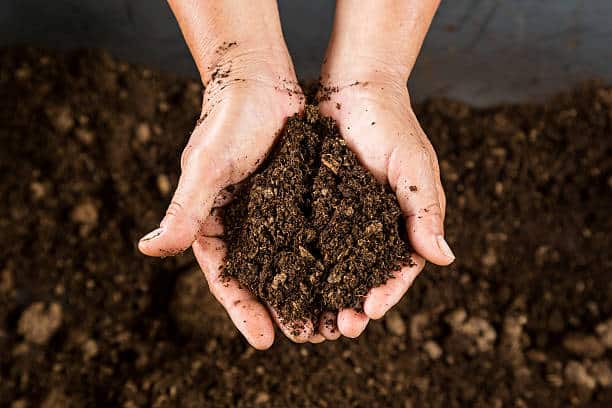
Want to give your compost pile a boost? Try adding some compost activators! These are materials rich in nitrogen that help jumpstart the decomposition process. You can use store-bought activators, but there are plenty of natural options too.
A handful of garden soil, some finished compost, or even a sprinkle of blood meal can do the trick. These activators introduce beneficial microorganisms to your pile, speeding up the breakdown of organic matter.
Think of them as energy drinks for your compost, they give it the extra oomph it needs to work faster and more efficiently. Just remember, a little goes a long way. Start with a small amount and see how your pile responds.
Preventing a Soggy Pile
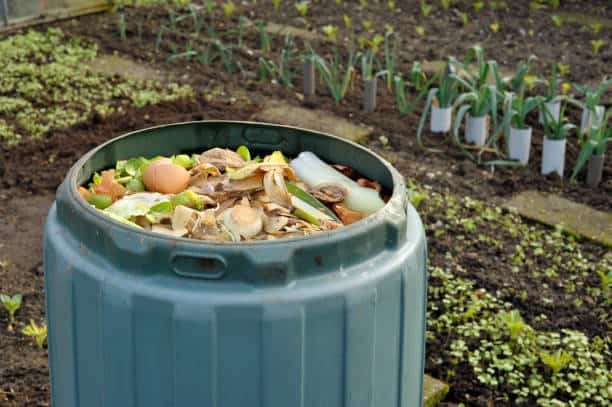
Too much water can drown your compost, leading to a slimy, smelly mess. If your pile is waterlogged, it can’t get the oxygen it needs to break down properly. The solution? Add more ‘brown’ materials like dry leaves, shredded paper, or sawdust.
These absorb excess moisture and help balance out the pile. Also, make sure your compost bin has good drainage. If water is pooling at the bottom, drill some holes to let it escape.
In rainy seasons, consider covering your pile with a tarp to control moisture levels. Remember, your compost should feel like a wrung-out sponge, damp, but not soaking wet.
Avoiding Overheating
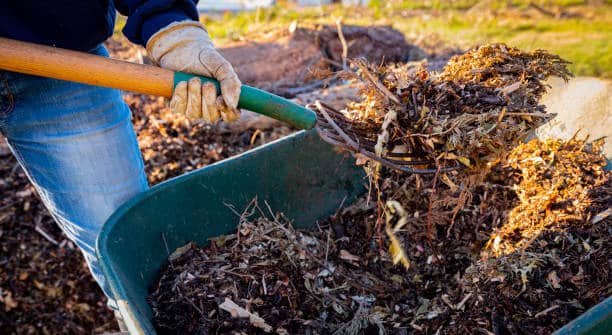
While heat is good for your compost, too much can be harmful. If your pile gets above 160°F (71°C), it can actually kill off the beneficial microbes you want. An overheated pile often happens when there’s too much nitrogen-rich material.
To cool things down, turn your pile more frequently. This releases excess heat and introduces more oxygen. You can also add some brown materials to balance out the nitrogen. If you’re working with a large pile, consider breaking it into smaller ones.
Smaller piles are easier to manage and less likely to overheat. Keep an eye on the temperature, and you’ll maintain the perfect environment for composting.
 If you like what you are reading, then click like and subscribe to my newsletter. We share tips to waste less time and money.
If you like what you are reading, then click like and subscribe to my newsletter. We share tips to waste less time and money.
Know When Compost is Ready
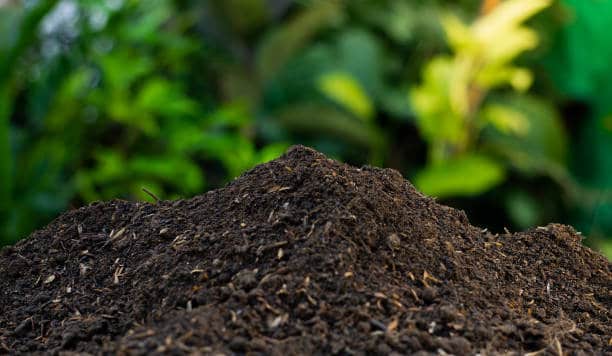
Patience is key in composting. Depending on your methods, it can take anywhere from a few months to a year for compost to be ready. But how do you know when it’s done? Look for dark, crumbly material that smells earthy, like fresh soil.
You shouldn’t be able to recognize any of the original ingredients. The texture should be uniform, without any large chunks. If you’re unsure, try the bag test: put some compost in a plastic bag and seal it.
After a few days, open it. If it smells sour or rotten, it needs more time. If it smells earthy, it’s ready to use.
Watch the Temperature
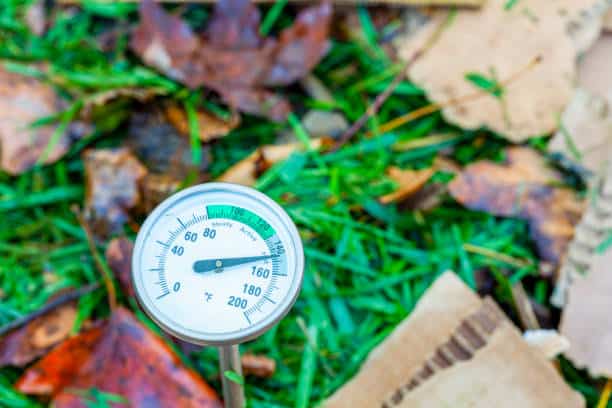
Your compost pile is like a tiny ecosystem, and temperature plays a big role in its health. A well-working compost pile should heat up to between 130-160°F (54-71°C). This heat is generated by all those hard working microbes breaking down organic matter.
It’s also crucial for killing weed seeds and harmful pathogens. You can check the temperature with a compost thermometer, or simply stick your hand into the center of the pile. If it feels warm, you’re on the right track!
If your pile isn’t heating up, it might need more nitrogen-rich materials or a good turn. Keep an eye on the temperature, and you’ll know exactly how your compost is doing.
Dealing with Odors
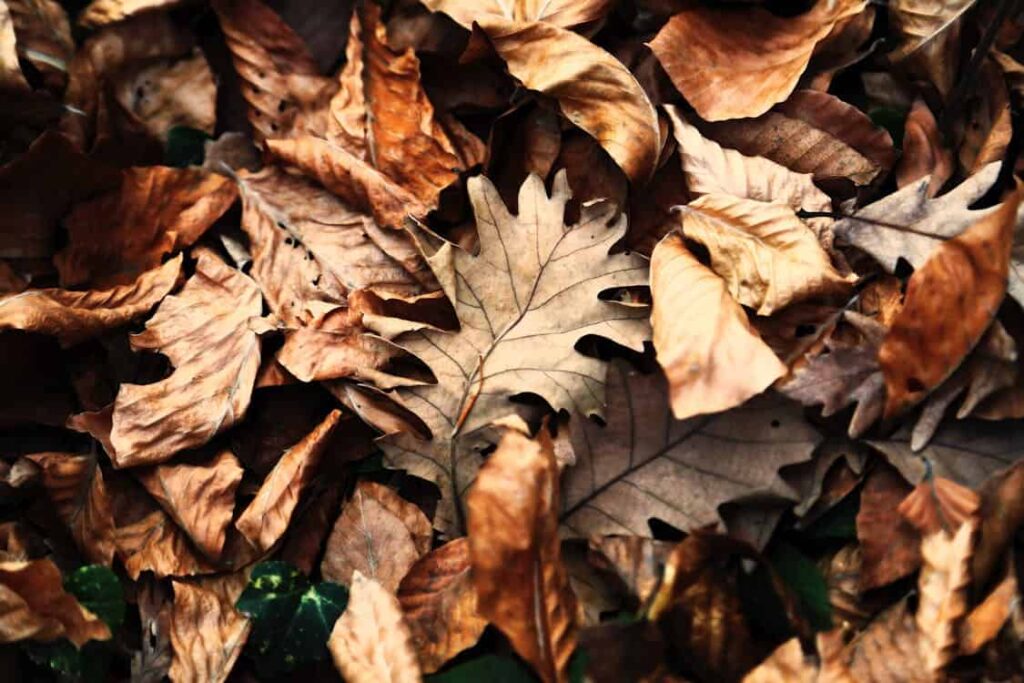
A healthy compost pile shouldn’t smell bad. If you’re getting whiffs of something unpleasant, it’s a sign that something’s off balance. Often, strong odors mean there’s too much nitrogen (green materials) or not enough oxygen in your pile.
The fix is simple: add more carbon-rich brown materials like dry leaves or shredded paper, and give your pile a good turn. This balances out the excess nitrogen and introduces more air. If the smell persists, check that your pile isn’t too wet.
A soggy pile can lead to anaerobic conditions, which cause those nasty smells. With a bit of tweaking, you’ll have your compost smelling earthy and fresh in no time.
Managing Pests and Rodents
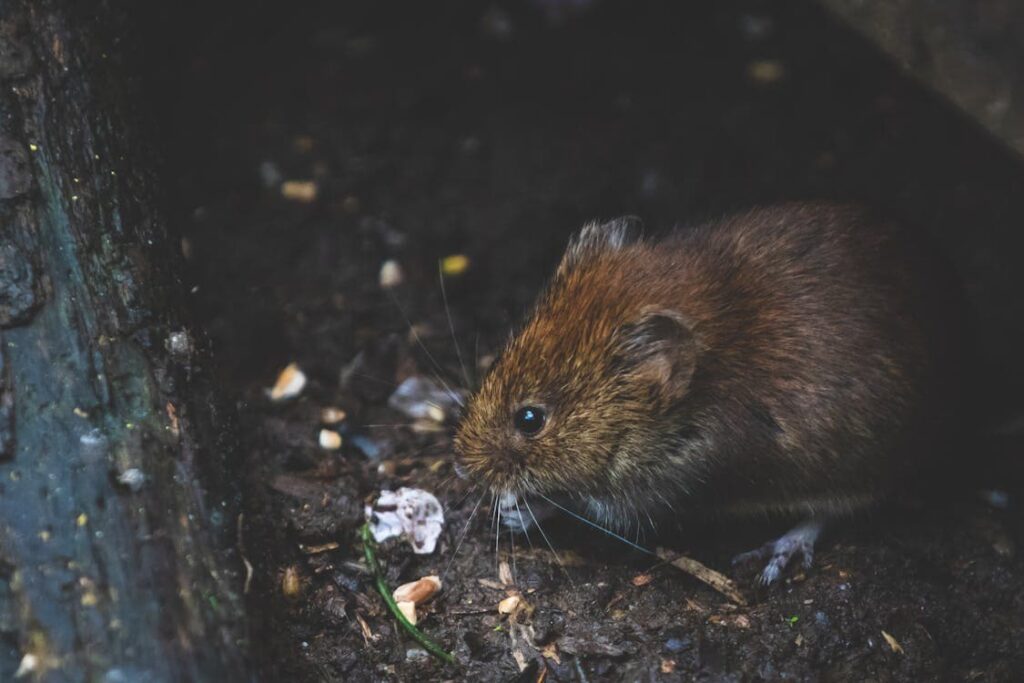
Nobody wants uninvited guests in their compost bin. Pests and rodents can be attracted to your pile, especially if you’re composting kitchen scraps. To keep them out, start with a well-designed bin. Look for ones with small openings or add wire mesh to existing bins.
Avoid putting meat, dairy, or oily foods in your compost, these are like dinner bells for pests. If you’re adding food scraps, bury them in the center of the pile and cover them with brown materials.
For extra protection, consider using a compost tumbler that’s elevated off the ground. With these steps, you’ll keep your compost pile a pest-free zone.
Sift the Finished Compost
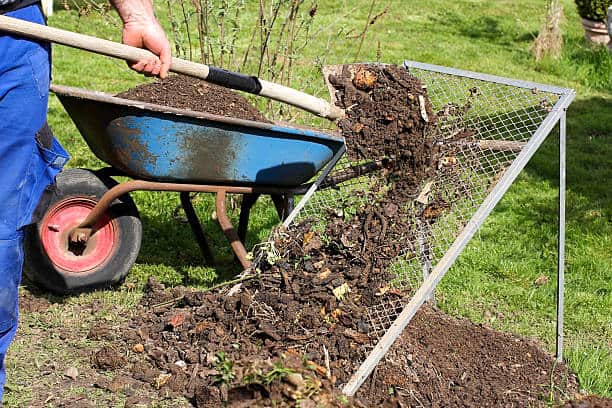
Before using your compost, it’s a good idea to sift it. This extra step ensures you’re left with fine, uniform material that’s perfect for your garden. You can buy a compost sifter, or make one yourself using wire mesh attached to a wooden frame.
Simply shake your compost over the sifter. The finished compost will fall through, leaving any large, undecomposed pieces behind. These bigger pieces can go right back into your active compost pile for further breakdown.
Sifting gives you a high-quality product that’s easy to spread and immediately beneficial to your plants.
Apply Compost Correctly
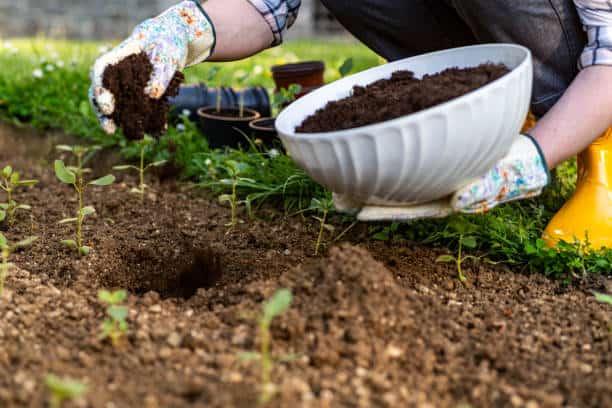
Now comes the rewarding part, using your compost! There are several ways to apply compost to your garden. For vegetable gardens and flower beds, spread a 1-2 inch layer over the soil and gently mix it into the top few inches.
This method works best when preparing beds for planting. For established plants, you can use compost as a mulch, spreading a thin layer around the base of the plants.
Avoid piling compost directly against plant stems, as this can lead to rot. When planting trees or shrubs, mix compost into the backfill soil.
Compost Tea for Liquid Fertilizer

Want to give your plants an extra boost? Try making compost tea! This liquid fertilizer is easy to make and packed with nutrients. Start with a bucket of water and add a few scoops of finished compost in a mesh bag or old pillowcase.
Let it steep for a day or two, stirring occasionally. The result is a nutrient-rich ‘tea’ that you can use to water your plants. Compost tea adds beneficial microbes directly to the soil and plant leaves, improving overall plant health.
It’s especially great for container plants or as a quick pick-me-up for plants that need a little extra care. Just remember to dilute it before use, it should look like weak tea.
Continue Adding to the Pile
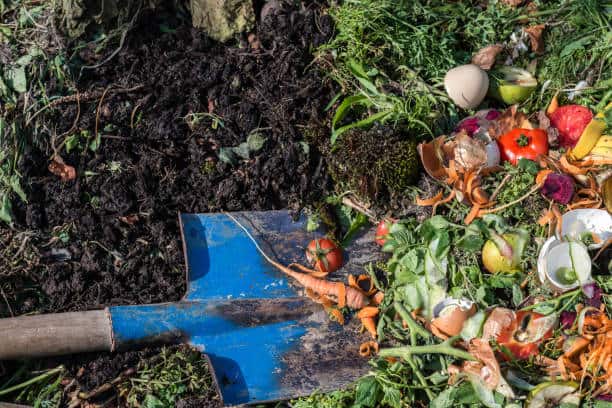
Composting isn’t a one-time event, it’s an ongoing process. Even after you’ve harvested your first batch of compost, keep adding to your pile. This ensures a continuous supply of ‘black gold’ for your garden. Set up a two-bin system if you have space.
While one bin ‘cooks’, you can add fresh materials to the other. This way, you’ll always have compost in different stages of decomposition. Keep collecting kitchen scraps, yard waste, and other compostable materials.
The more you add, the more rich, nutritious compost you’ll have for future gardening projects. Remember, composting is a cycle, just like the natural world it mimics.
Choose the Right Compost Bin
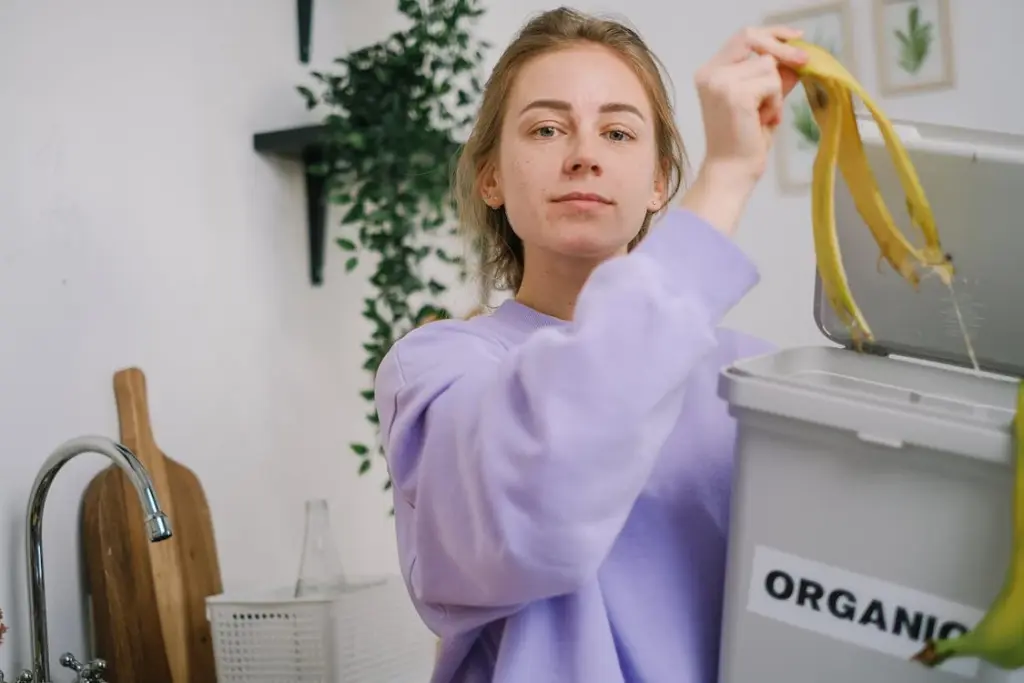
Picking the perfect home for your compost is the first step in your composting adventure. Compost bins come in all shapes and sizes, so you’ll want to choose one that fits your space and needs.
If you have a small balcony, a compact tumbler might be your best bet. For those with more space, a larger stationary bin could work wonders. The key is to find a bin that allows air to flow through easily, this helps speed up the decomposition process.
Remember, a well-chosen bin makes all the difference in creating healthy, rich compost for your garden.
Location Matters
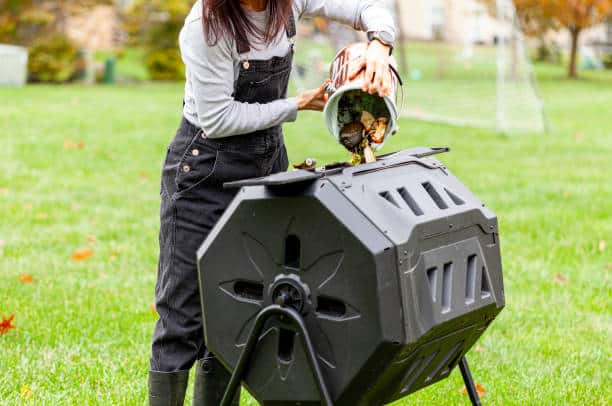
Where you place your compost bin can make or break your composting success. Look for a spot in your yard that has good drainage, you don’t want your compost swimming in water every time it rains.
A bit of sunlight is good too, as it helps keep the compost warm and speeds up the breakdown process. But be careful not to put it in full sun all day, or your pile might dry out too quickly. Aim for a spot with partial shade.
And don’t forget about convenience, place your bin somewhere easy to reach. You’ll be more likely to use it if you don’t have to trek across your entire yard every time you have some vegetable peels to add.
Start with a Good Base
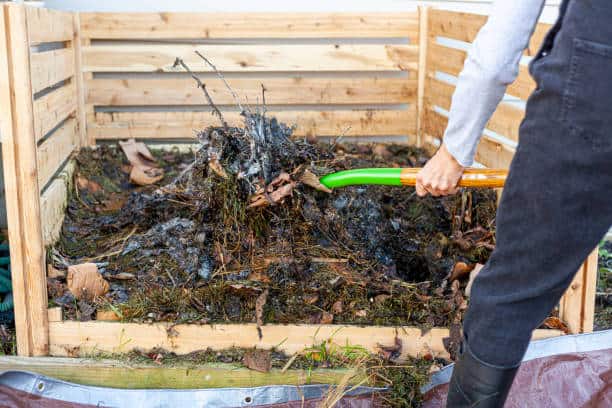
Think of your compost pile like a house, it needs a solid foundation. Begin your composting journey with a layer of coarse materials at the bottom of your bin. Twigs, small branches, or even straw work great for this.
This might seem odd, but trust me, it’s crucial. This base layer creates air pockets in your pile, allowing oxygen to circulate freely. Good air flow prevents your compost from becoming a stinky, slimy mess.
Instead, it helps create the perfect environment for all those helpful decomposing microbes to thrive.
Your Compost Journey Begins!

You now have 19 strong composting methods to turn your garden waste into healthy soil. Don’t be afraid to try different things to see what suits your garden and daily life best.
These tips will help you make rich compost that your plants will enjoy. Composting is more than just gardening; it helps cut down waste, protect nature, and create something useful from things you might have thrown away.
Each time you add food scraps to your compost bin instead of the garbage, you are helping in a positive way. So start your compost pile or make your current one better. Happy composting to all!
 If you like what you just read, then subscribe to my newsletter.
If you like what you just read, then subscribe to my newsletter.
- Rice to the Rescue: 24 Smart and Easy Household Hacks
- Get Free Stuff: How To Get (Valuable) Things for Free
AI was used for light editing, formatting, and readability. But a human (me!) wrote and edited this.




